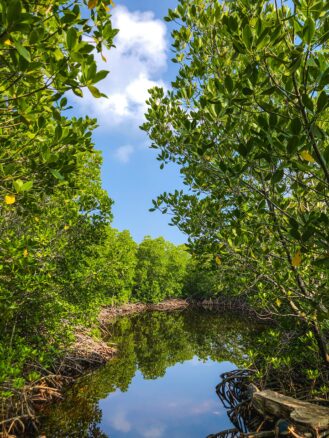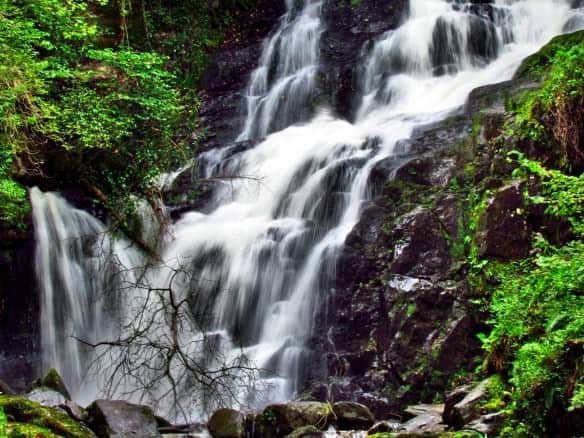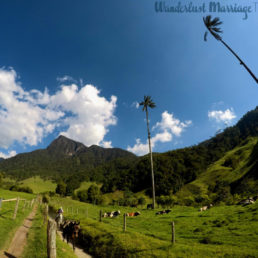As the world’s climate changes, experts have said that mangroves have an increasingly
important role to play as carbon sinks and as protection against changes to sea levels.
While mangroves are threatened by human activity — UNESCO said that they are disappearing
up to five times as fast as forests. There are examples from around the world and closer to
home showing how they can be protected in the face of development.
Their importance was recently highlighted by the International Day for the
Conservation of the Mangrove Ecosystem. This UNESCO event included a warning about the
threats they face.

Essential to the Ecosystem
Mangrove forests provide nature experiences for people such as birding, fishing, snorkeling,
kayaking in Abu Dhabi, paddle boarding, and the therapeutic calm and relaxation that comes
from enjoying peaceful time in nature. They also provide economic benefits to communities as a
nursery for commercial fish stocks.
Mangroves are important to people because they help stabilize coastline ecosystem and
prevent erosion. They provide natural infrastructure and protection to nearby populated
areas by preventing erosion and absorbing storm surge impacts during extreme weather events
such as hurricanes.
They are also important to the ecosystem. Their dense roots help bind and build soils. Their
above-ground roots slow down water flows and encourage sediment deposits that reduce
coastal erosion.
The complex mangrove root systems filter nitrates, phosphates and other pollutants from the
water, improving the water quality flowing from rivers and streams into the estuarine and ocean
environment.
Audrey Azoulay, UNESCO’s director-general, said in a statement that mangroves were “in
danger”, with more than three-quarters threatened. And that comes after about half of them
were lost over the past four decades.
Nidal Hilal, founding director and principal investigator of New York University Abu Dhabi’s
Water Research Centre, described them as “crucial contributors to the well-being of
coastal communities.”
Plans to Expand Sites
The UAE is home to more than a dozen mangrove sites. The nation has plans to expand and develop
their presence across the Emirates.
Mangrove forests also provide habitat and refuge to a wide array of wildlife such as birds, fish,
invertebrates, mammals and plants. Estuarine habitats with coastal mangrove shorelines and
tree roots are often important spawning and nursery territory for juvenile marine species
including shrimp, crabs, and many sport and commercial fish species such as redfish, snook
and tarpons.
Branches of the mangroves act as bird rookeries and nesting areas for coastal wading birds
including egrets, herons, cormorants and roseate spoonbills. In some areas, red mangrove
roots are ideal for oysters, which can attach to the portion of the roots that hang into the water.
Endangered species such as the smalltooth sawfish, manatee, hawksbill sea turtle, Key Deer
and the Florida panther rely on this habitat during some stage of their life cycle.
Growing Importance
Mangrove peat absorbs excess water during heavy rain, he said, making flooding less likely,
and mangroves reduce coastal erosion, with research showing that their loss has made
coasts more vulnerable.
“Waves initially go through mangrove forests before reaching the coast and they carry with them
layers of mud and decaying plant matter,” Prof Hilal said.
“Mangroves act somewhat as a filter and trap some of these substances upon waves entering,
reducing sedimentary erosion, which would damage the structure of shorelines.”
Global warming is leading to sea levels rising. So greater attention, he said, should be paid
to their conservation.
The Benefits of Mangroves
A scientific study in partnership with University of California Santa Cruz and RMS quantifying
the effectiveness of mangroves in reducing flood risk to people and property. The study finds
that they significantly reduce annual and catastrophic damages, and are a strong first line
of defense for coastal communities.
With coastal challenges created by growing populations, burgeoning development, and climate
change, risks to people and property from flooding and storm surge are on the rise. Mangroves
provide valuable flood protection and risk reduction benefits to these coastal areas, and yet are
a threatened species.
Threats to Mangrove Forests
Unfortunately, there are many challenges that place mangrove forests under threat. Human
impact such as dredging, filling, water pollution from herbicides and development can lead to erosion and habitat destruction. When forests are cleared and destroyed,
they release massive amounts of carbon dioxide into the atmosphere, contributing to climate
change.
Development of coastal areas, whether for ports, housing, tourism or other uses, can damage or
lead to the removal of mangroves, and has been a big factor behind the losses of recent
decades.
“Development has been one of the most significant challenges and balancing how development
takes place with mangrove conservation,” Mr Howai said.
“The major problem comes from development and the associated things that can come from
human activity, such as pollution.”
As coastlines become developed, there can be problems caused by sewage treatment plants
discharging material. Even if it has already been treated, an excess of nutrients can
prove harmful. Farming may also result in discharges that are damaging to mangroves.
Mr Howai said there were instances, however, of development apparently going hand-in-hand
with conservation, such as the PIK Mangrove Nature Park in Jakarta,
Indonesia, where huts and boardwalks have been built but the mangroves remain.
Another example of conservation that has attracted plaudits centres on Gazi Bay in
Kenya. There, in a scheme organised through a British charity, the planting of mangrove
seedlings is financed by the sale of carbon credits.
Prof Hilal said that while urban expansion, pollution, physical damage and other factors
continued to threaten mangroves, Abu Dhabi had made “substantial efforts” to minimise habitat
losses and restore damaged areas.
“In response to historic losses of mangroves due to coastal developments, large-scale
afforestation programmes and establishment of protected areas have increased mangrove
cover in the UAE,” he said.
Protecting Biodiversity
“An example of this is the opening of the Jubail Mangrove Park that helps protect biodiversity
and raise awareness on Abu Dhabi’s rich mangrove ecosystem. The mangroves in the UAE are
now the largest on the coast of the Arabian Gulf.”
As mangroves continue to face threats, case studies show that they can be protected when conservation
efforts are made.






 Balkans Towns for Romantic Couples Trips
Balkans Towns for Romantic Couples Trips  Great Rainforest Hikes Around the World
Great Rainforest Hikes Around the World